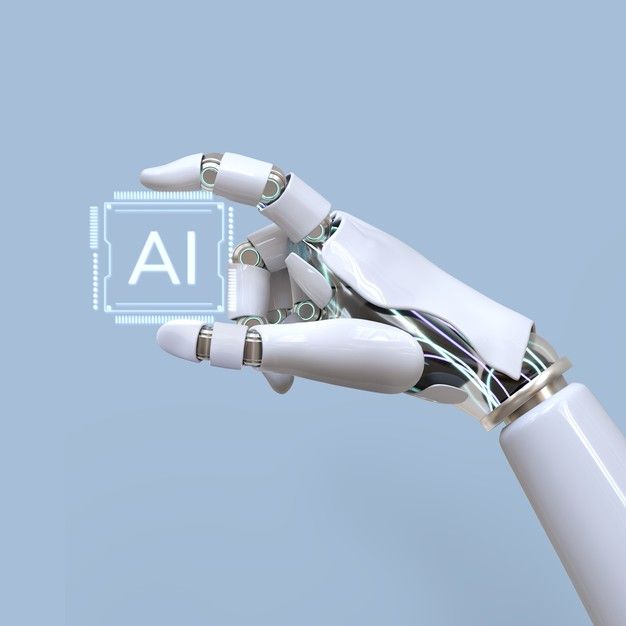The rise of generative AI has captivated the world, but amidst the excitement, a crucial question often goes unanswered: Who can afford it? OpenAI, the organization behind ChatGPT, reportedly suffered losses of around $540 million in the past year, and estimates suggest it would require a staggering $100 billion to fulfill its ambitions, as reported by industry media outlet The Information.
OpenAI’s founder, Sam Altman, acknowledged the financial challenges, stating, “We’re going to be the most capital-intensive startup in Silicon Valley history.” Meanwhile, when questioned about the cost of its AI ventures, Microsoft, which heavily invested in OpenAI, emphasizes its commitment to fiscal responsibility.
To build systems of comparable scale to those offered by OpenAI, Microsoft, or Google, substantial investments in cutting-edge hardware and the recruitment of renowned researchers are necessary. However, the immense computational power required for AI tasks like ChatGPT comes at an exorbitant price. Independent analyst Jack Gold noted, “People don’t realize that to do a significant amount of AI things like ChatGPT takes huge amounts of processing power. And training those models can cost tens of millions of dollars.”
The reality is that few companies possess the resources to independently acquire infrastructure on the scale necessary for AI development. Instead, they rely heavily on outsourcing their computing needs to tech giants such as Microsoft, Google, and Amazon’s AWS.
Generative AI intensifies this dependency on cloud computing and major tech players, thereby cementing their position as industry leaders. Experts caution that the unpredictable costs associated with cloud computing are often underestimated by many companies. Stefan Sigg, Chief Product Officer at Software AG, a business software developer, likens these costs to electricity bills and warns that companies unfamiliar with the intricacies may encounter a rude awakening as they race to build tech, including AI.
Microsoft’s Azure cloud platform stands out as a key player in this landscape. Some observers speculate that the company’s significant investment in AI primarily serves to safeguard the success of Azure and ensure its future profitability. Azure has been a reliable source of revenue for Microsoft, although its steady growth often goes unnoticed in comparison to consumer-focused products like iPhones or social media platforms.
According to Dan Ives of Wedbush Securities, Microsoft’s CEO, Satya Nadella, views generative AI as “moving fast in the right direction.” Nadella, highly regarded on Wall Street, is expected to have a grace period of six to nine months to demonstrate the success of his AI strategy.
As generative AI continues to advance, it is crucial to address the financial barriers that impede widespread adoption. The costs associated with developing and deploying AI systems pose a significant challenge, with smaller companies finding it increasingly difficult to compete. Striking a balance between innovation and financial sustainability will be vital for the future of AI and its accessibility to businesses and society at large.






